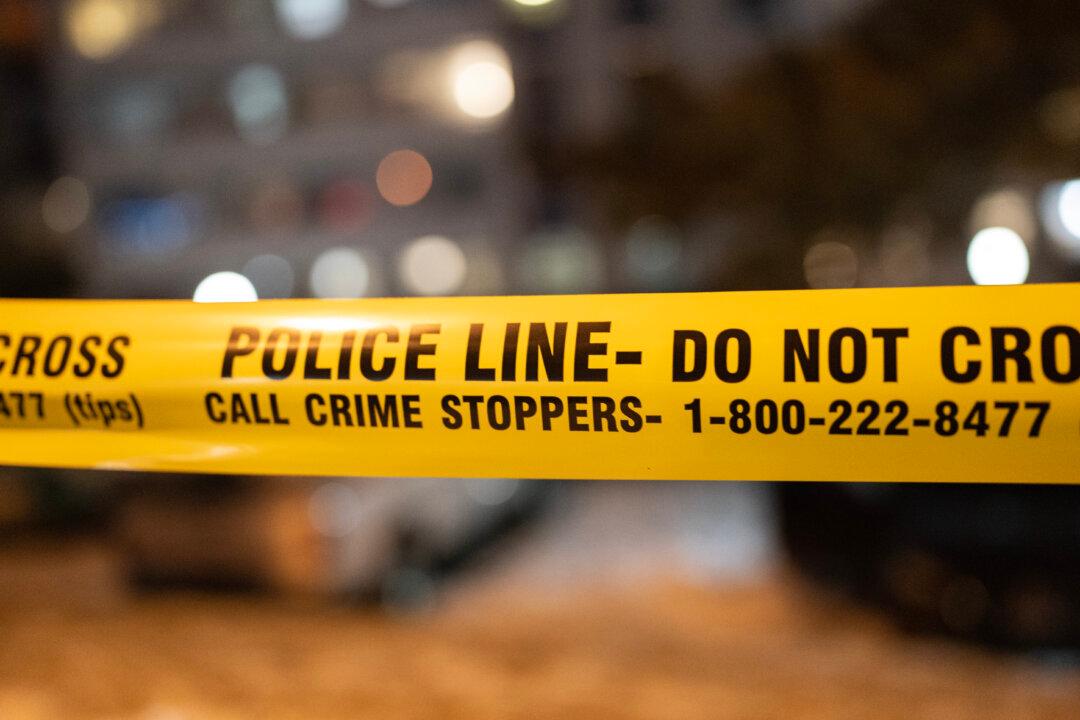Crews continued Tuesday to battle wildfires that have forced seven out of every 10 Northwest Territories residents from their homes—or about 30,000 people.
Fire information officer Mike Westwick says one fire remains about 15 kilometres from Yellowknife, the capital of 20,000 people, and one of multiple communities under an evacuation order.





